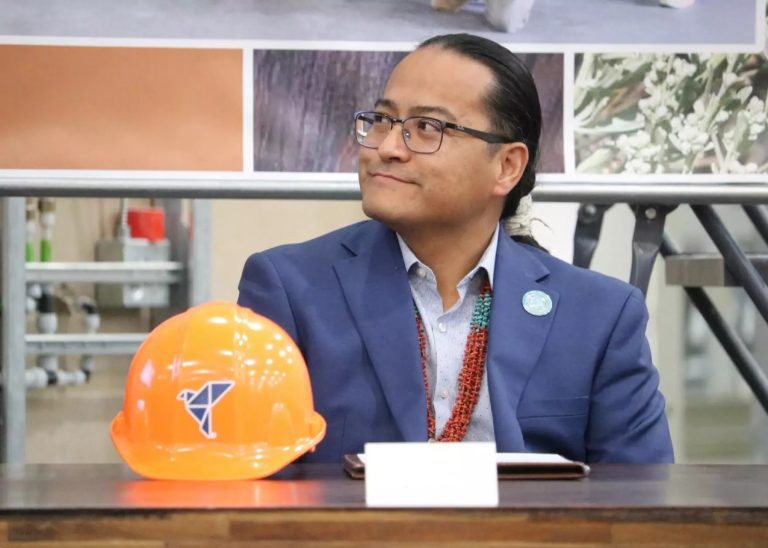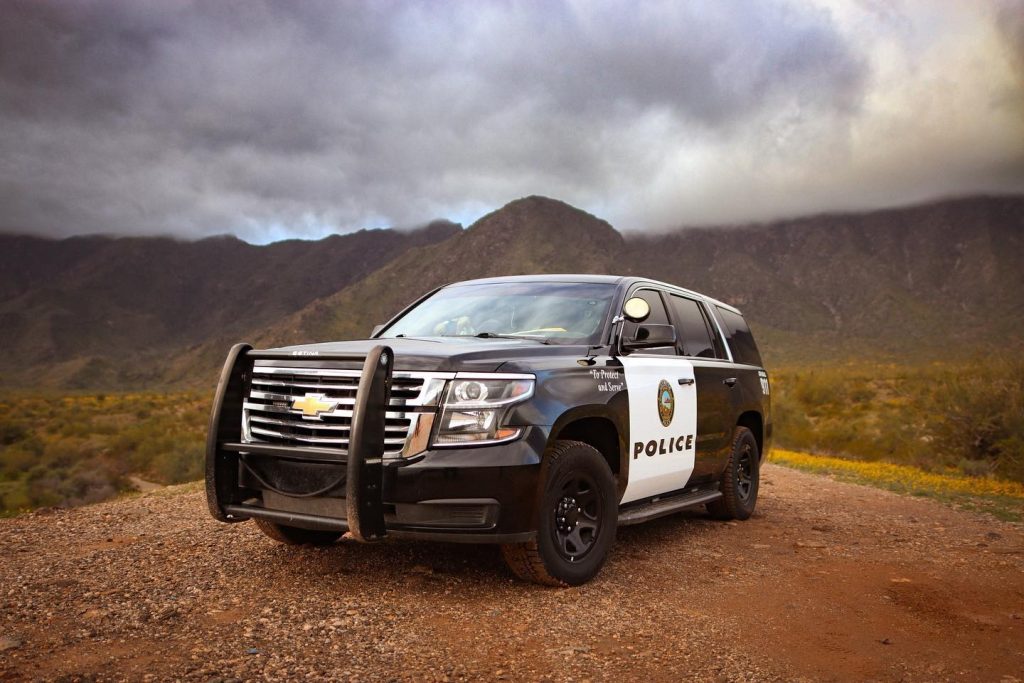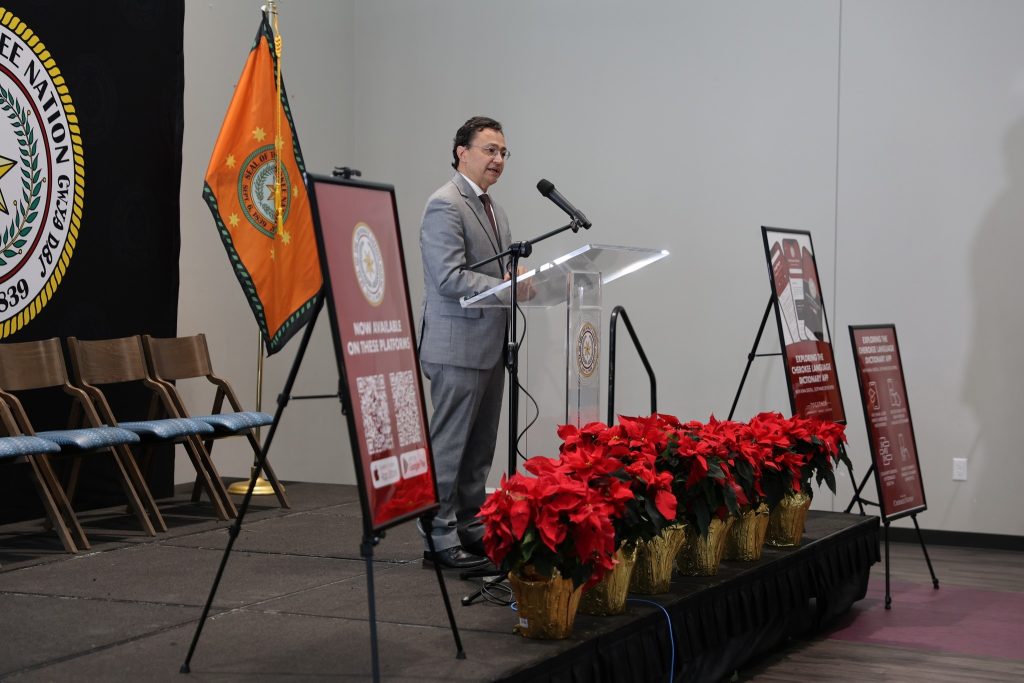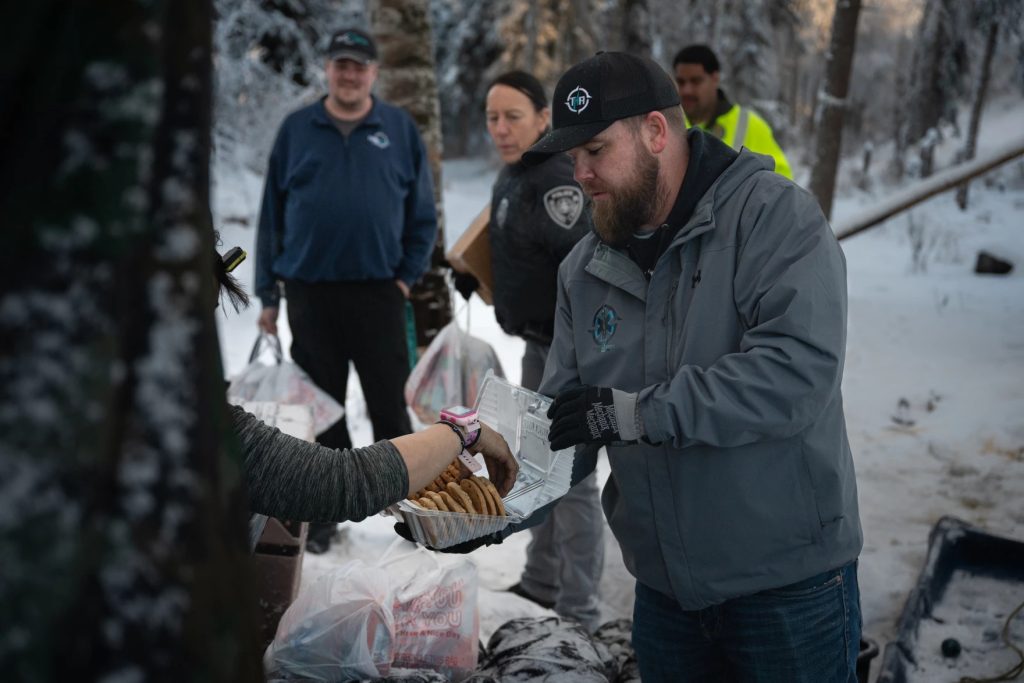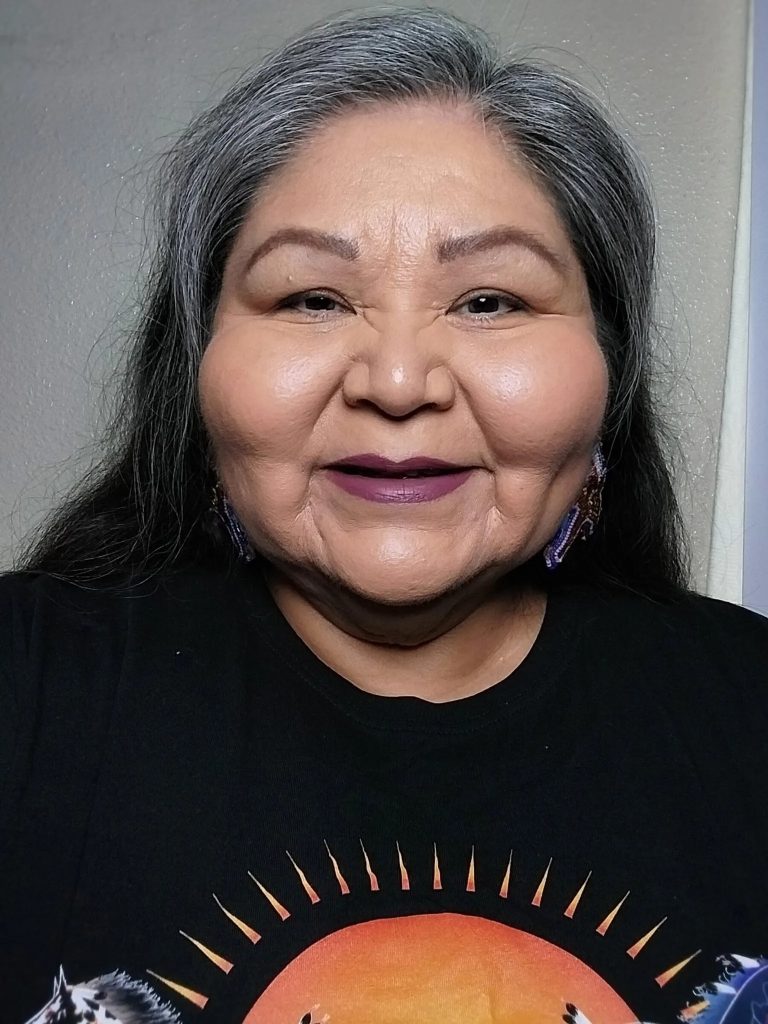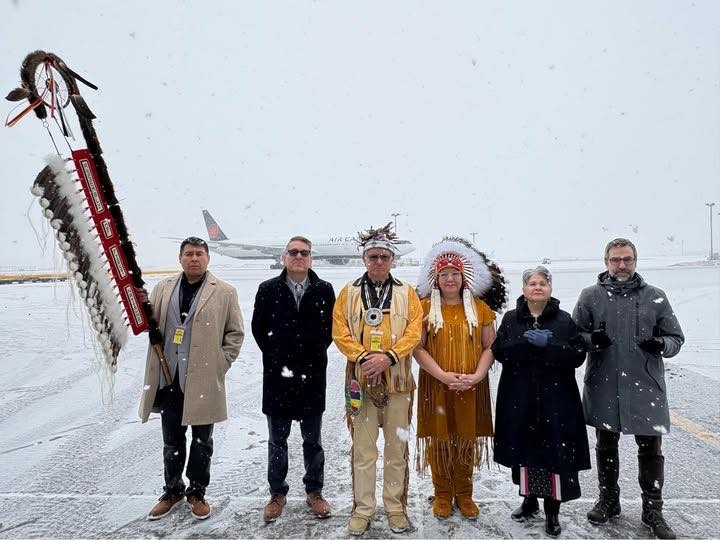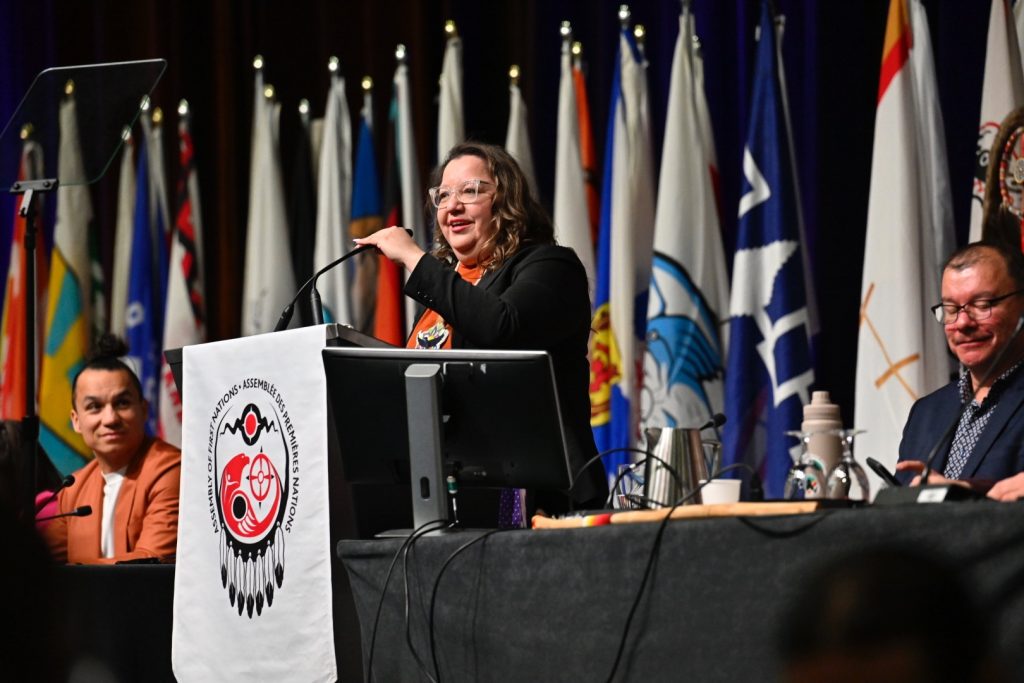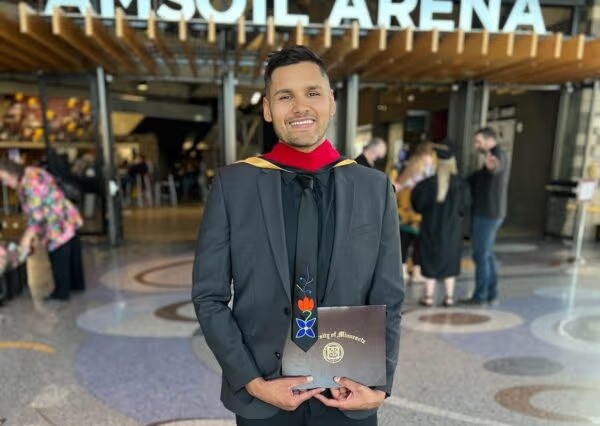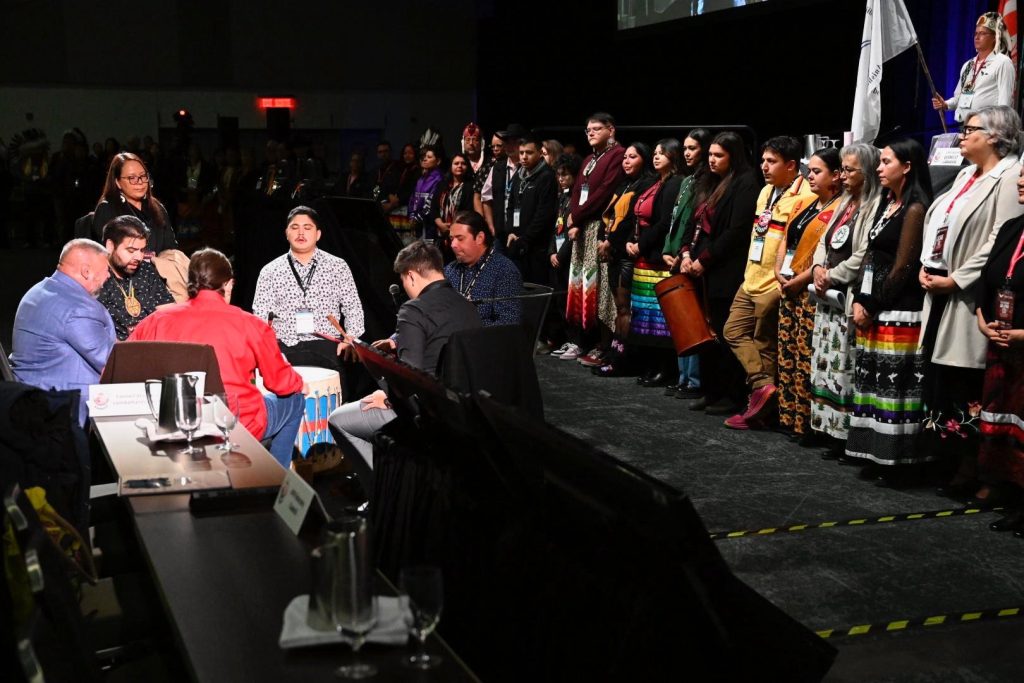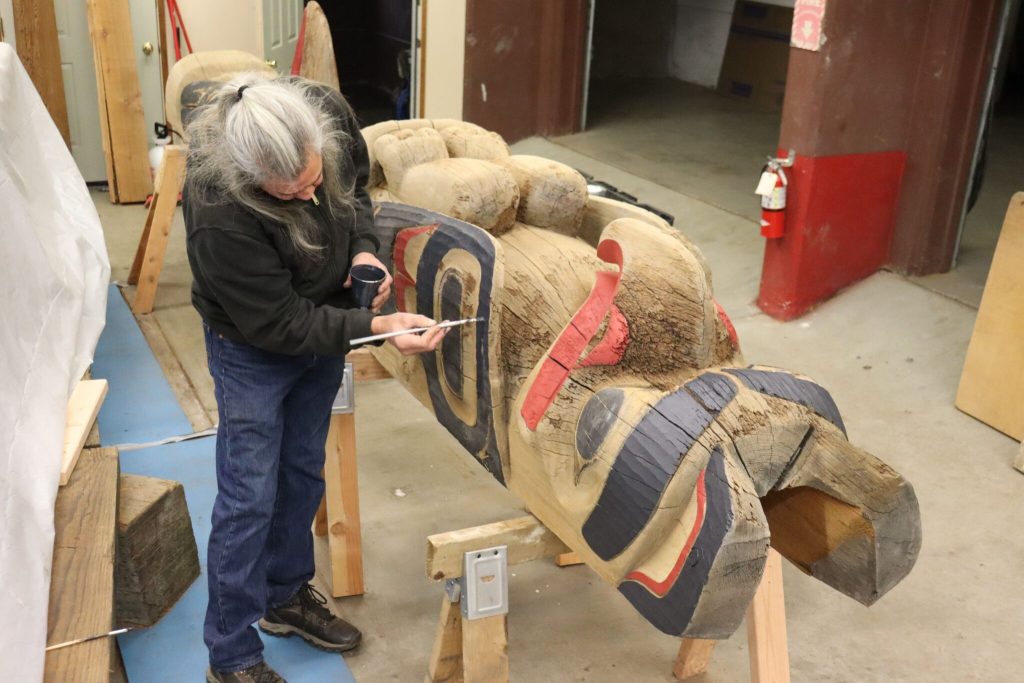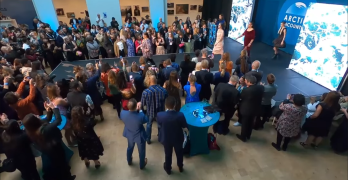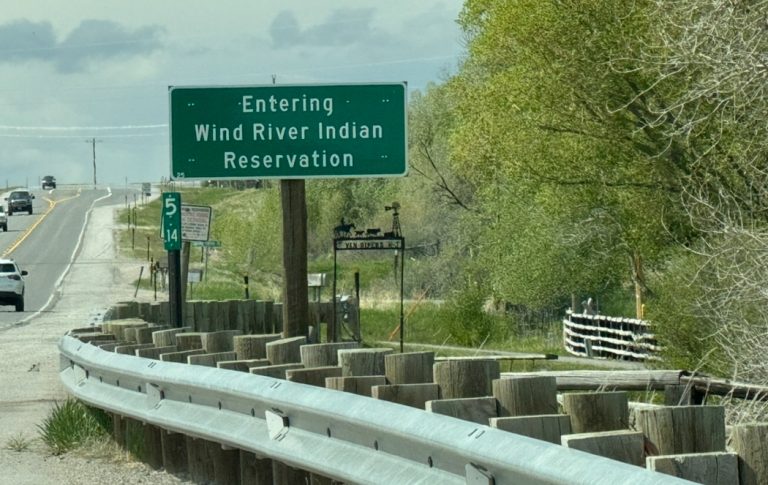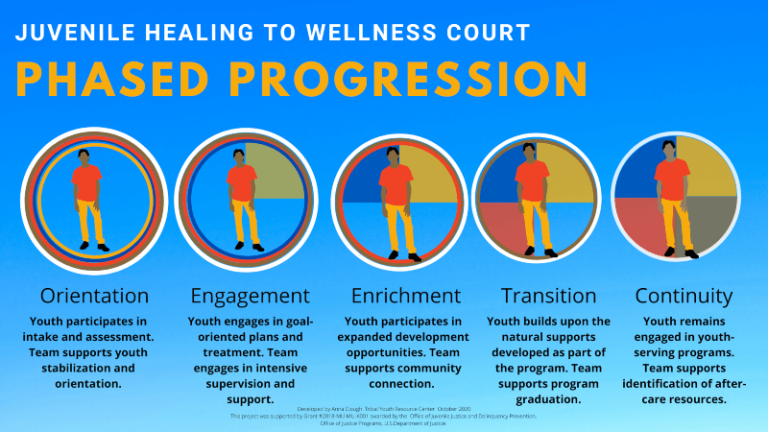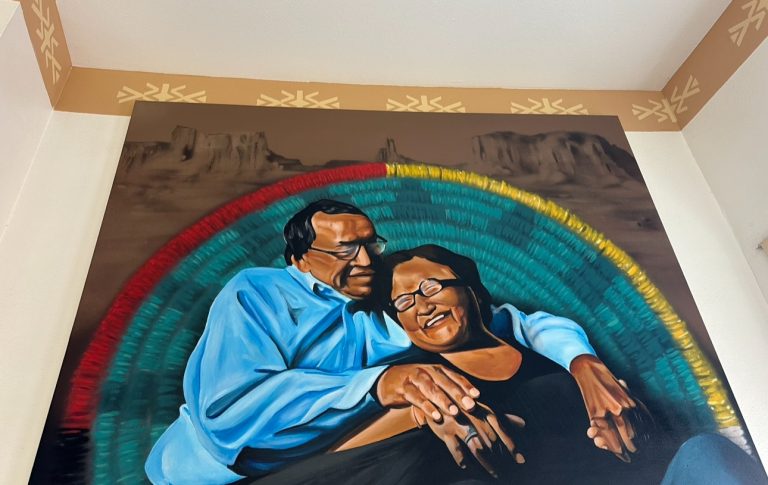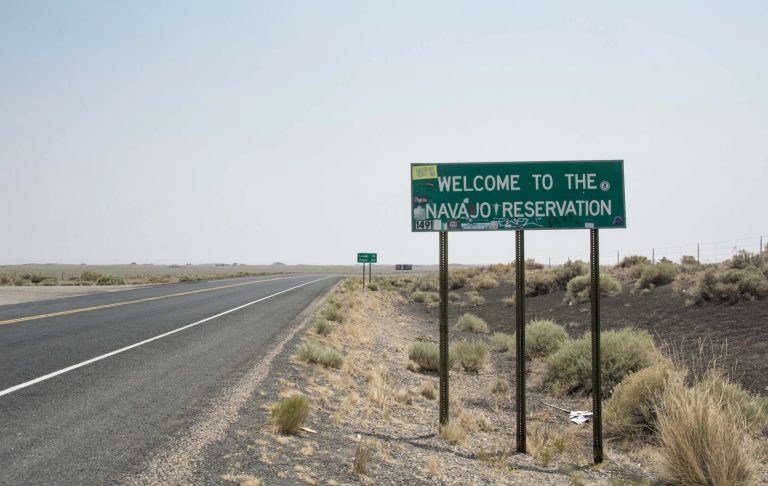Podcast: Play in new window | Download | Embed
For the last few months, Navajo Nation leaders have been butting heads over who is its official controller – the person responsible for handling the tribe’s finances.
Navajo Nation President Buu Nygren tried firing that top official.
As KJZZ’s Gabriel Pietrorazio reports, that dispute is now over.
Sean McCabe has been reaffirmed as the sole lawful controller through a legally binding stipulation between him and President Nygren, which also orders Controller McCabe to receive backpay and have his attorney fees covered.
Nygren recently apologized for sending profanity-laced texts leaked by McCabe to council delegates.
“I used language that I shouldn’t have. In moments of great stress we don’t always act as our best selves. This was one such occasion for me.”
The October exchange preceded his sudden termination.
Screenshots show Nygren pressured McCabe to unlock his government-issued purchase card, but McCabe told him there’s no budget.
Nygren reiterates that his agreement with McCabe isn’t a “compelled admission” of any “unlawful action” or “wrongdoing.”
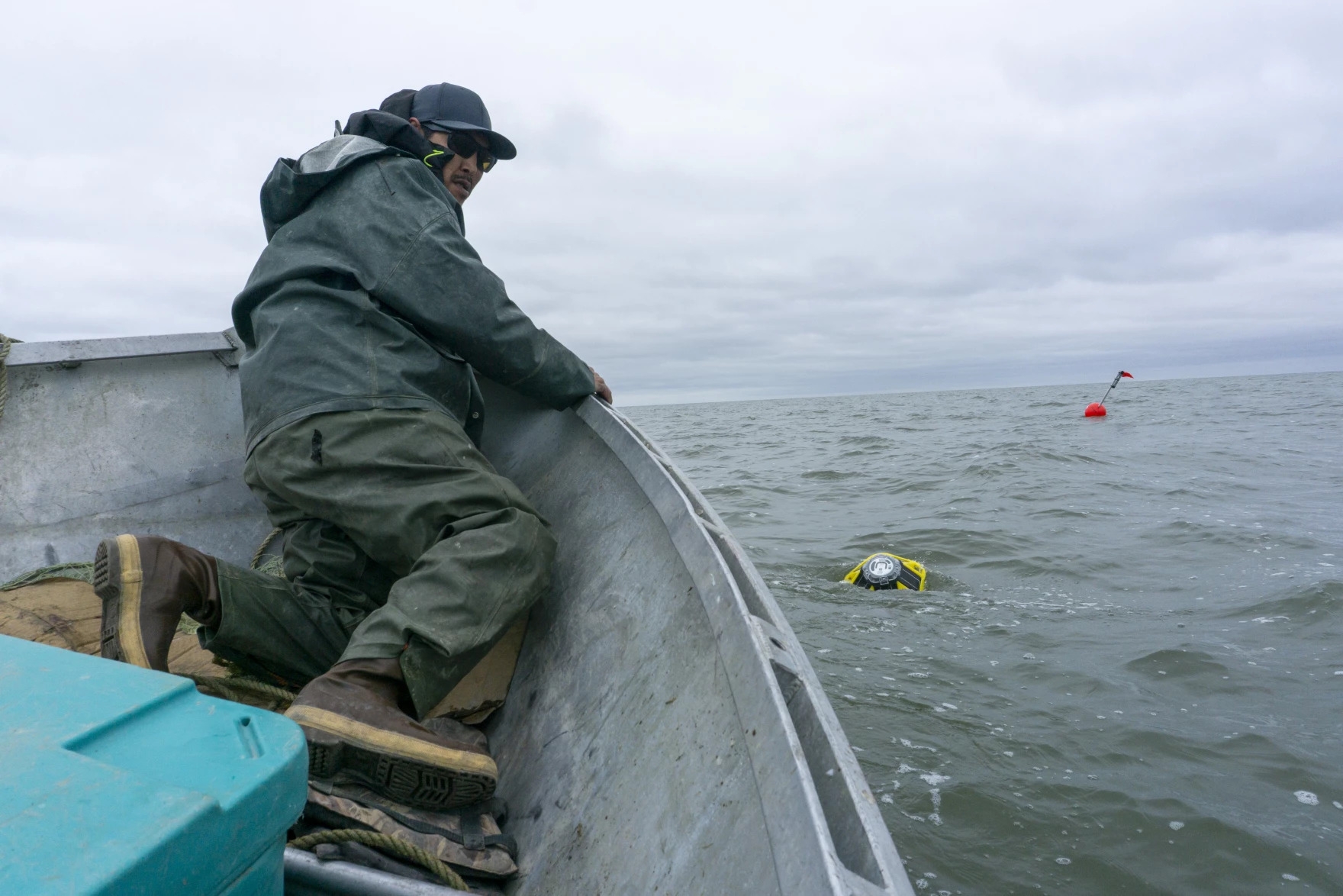
Quinhagak resident Patrick Jones deploys a buoy in the Yukon-Kuskokwim Delta region in early summer 2025. (Photo: Sean Gleason)
A program that helps boaters in Indigenous coastal communities use buoys to track weather conditions wrapped up another season this fall.
Advocates of the Backyard Buoys program say it increased safety for fishermen in Western Alaska – and helped hunters in Alaska’s Arctic land whales.
The Alaska Desk’s Alena Naiden from our flagship station KNBA has more.
Several years ago, seven boaters went missing in the Yukon-Kuskokwim Delta region and were never found. The loss motivated residents to find ways to better understand their changing waterways.
Nalaquq is an organization that integrates Indigenous knowledge into research in the region. The company joined a nationwide initiative, called the Backyard Buoy project, and deployed three buoys in the area for the first time this year. Lynn
Marie Church is Nalaquq’s chief executive officer.
“We wanted to understand what was going on in our ocean … in our waterways, especially with the changes in the environment that we’ve seen over the past 10 years.”
Backyard Buoys project helps Indigenous coastal communities in Alaska, as well as the Pacific Northwest and Pacific Islands, support maritime activities. Buoys track wave height, temperature, and barometric pressure in real time. Residents can see that information in an app and decide whether it is safe to travel.
Church says that using the Backyard Buoys app has been easy.
“When you look at where the locations are, it’s not by latitude and longitude,
it’s by place names. That’s how we learn in rural Alaska.”
Sean Gleason is the head of Research and Development at Nalaquq.
“We picked locations where people travel for subsistence or daily travel.”
The goal was also to spread out those buoys so communities in different parts of the region can use the data.
“There’s no one community. Everyone’s related.”
In Alaska’s Arctic, the project has been ramping up as well. The Alaska Eskimo Whaling Commission facilitated the installment of buoys in six communities this year.
Martin Edwardsen is the commission’s coordinator for the project and is also a whaling co-captain.
“I was looking at the app and seeing that the waves weren’t too big in the general area where we were headed. So we went out that way and we successfully harvested a whale and brought it back to our community to feed.”
The whaling commission is now looking for translators to allow users of the Backyard Buoys app see information in their Native language.
Correction: In a previous newscast, we mistakenly said the Wounded Knee Massacre was observing its 130th anniversary this December. Actually it’s the 135th anniversary.
Get National Native News delivered to your inbox daily. Sign up for our daily newsletter today.
Download our NV1 Android or iOs App for breaking news alerts.
Check out the latest episode of Native America Calling
Monday, December 15, 2025 – A Native entrepreneur’s view of the retail shopping season
